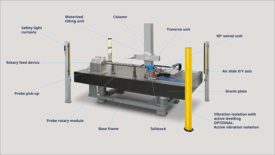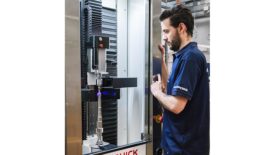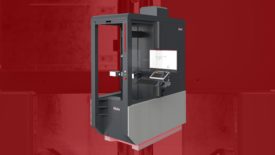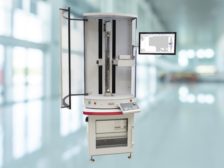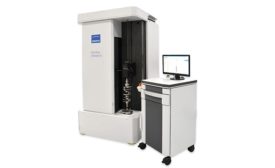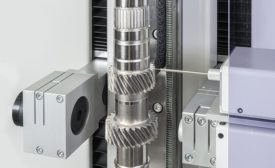Home » Keywords: » shaft measurement
Items Tagged with 'shaft measurement'
ARTICLES
Measurement
Highest measuring accuracy in roughness measurement
Read More
Measurement
Selecting The Right Solution For Shaft Inspection
Shaft measurement can be accomplished in many different ways, according to the needs of the manufacturing process.
March 3, 2023
From the Editor | Darryl Seland
Consolidation: One-Stop-Shops and All-in-One Computers
June 15, 2022
Test & Inspection
Is it Possible to Measure Shaft, Form and Gear with an All-In-One Machine?
Do more with less — minimizing downtime for production workpiece measurements.
May 30, 2022
Quality 101
How to Choose the Best Shaft Measurement Tool for your Specific Application
There are Three Primary Options Available Today for Shaft Measurement: Optical, Tactile, and a Combination System
June 7, 2021
Do You Need a Dedicated Shaft Gage?
Whether you chose an optical, tactile, or hybrid shaft gage will depend on your unique needs.
February 15, 2020
Shaft Measurement: What is the Best Tool for the Job?
Shaft measurement can be performed with a variety of metrology tools, from handheld devices to high-end coordinate measuring machines.
November 1, 2019
Get our new eMagazine delivered to your inbox every month.
Stay in the know with Quality’s comprehensive coverage of the manufacturing and metrology industries.
SIGN UP TODAY!Copyright ©2024. All Rights Reserved BNP Media.
Design, CMS, Hosting & Web Development :: ePublishing
